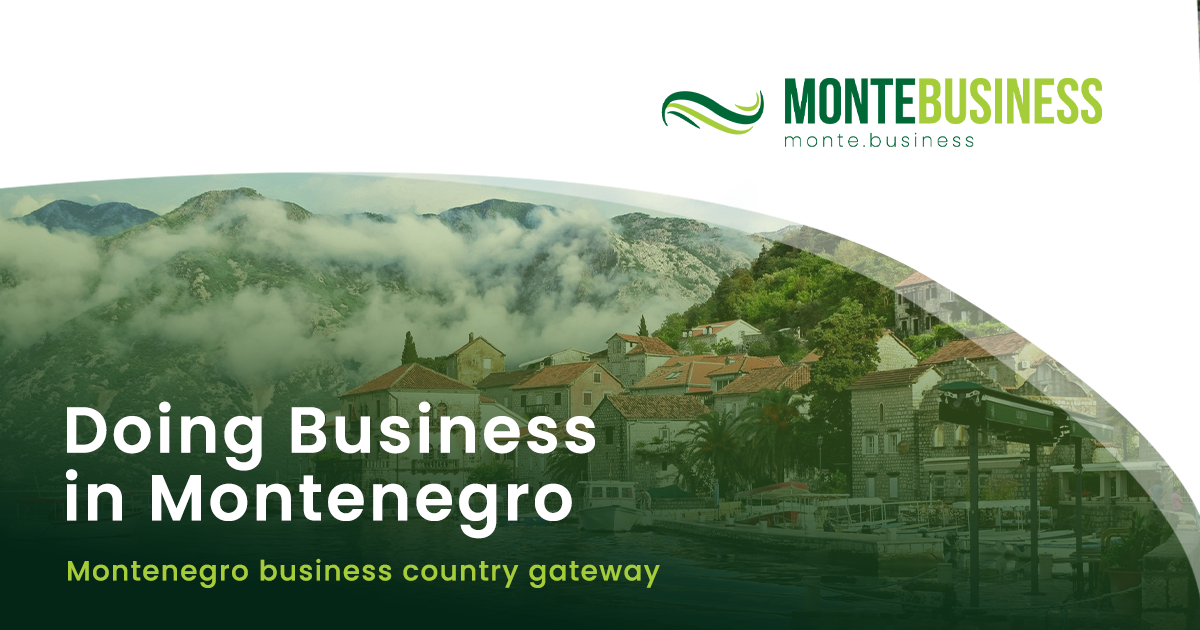The Government of Montenegro has borrowed around €200 million to finance regular expenditures, despite the Fiscal Strategy outlining planned borrowings solely for capital investments. This discrepancy between the strategy’s intentions and the government’s current actions was highlighted by economic expert Dr. Jovan Rabrenović during his appearance on the TV show “Na kraju dana.”
Rabrenović noted that the announcement of the “Europe Now 2” program has disrupted the market and triggered unrealistic price increases. He referenced the IMF’s stance, which indicates that the wage increases will contribute to inflation, predicting that public debt could exceed 100% of GDP by 2029. Today, the government made a decision to secure this new loan of €200 million, which was not anticipated in the Fiscal Strategy.
“The Fiscal Strategy proposed borrowing only for investments, not for regular expenditures. This creates a mismatch between what the Fiscal Strategy outlines and what the government is currently doing. They claim this approach will ensure financial stability for the next year, especially since we are expecting to repay around €1 billion in old loans next year. However, instead of reducing our existing debt, which stood at €4 billion at the end of last year, we are increasing it,” Rabrenović explained.
He emphasized that this borrowing is aimed at funding regular expenditures, such as pension payments, raising concerns about future borrowing conditions and potentially higher interest rates. “Pensioners will receive their pensions, but the real question is whether those pensions will be sufficient to live on, especially given the current inflation rate. Montenegro struggles to cope with such inflation without its own production, which could counterbalance the heavy imports and rising prices, often attributed to various trade cartels,” he added.
Rabrenović expressed skepticism about Montenegro’s tourism strategy, stating, “Without a well-defined strategy, we have no future. Montenegro has historically relied on air travel, with the majority of tourists arriving via airlines like Montenegro Airlines and low-cost carriers. Currently, we do not have that inflow of tourists.” He concluded that without significant changes, the country faces serious economic challenges ahead.








